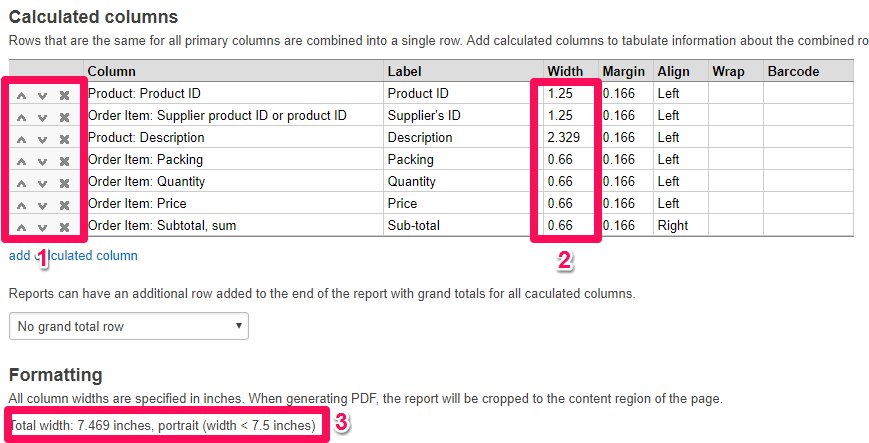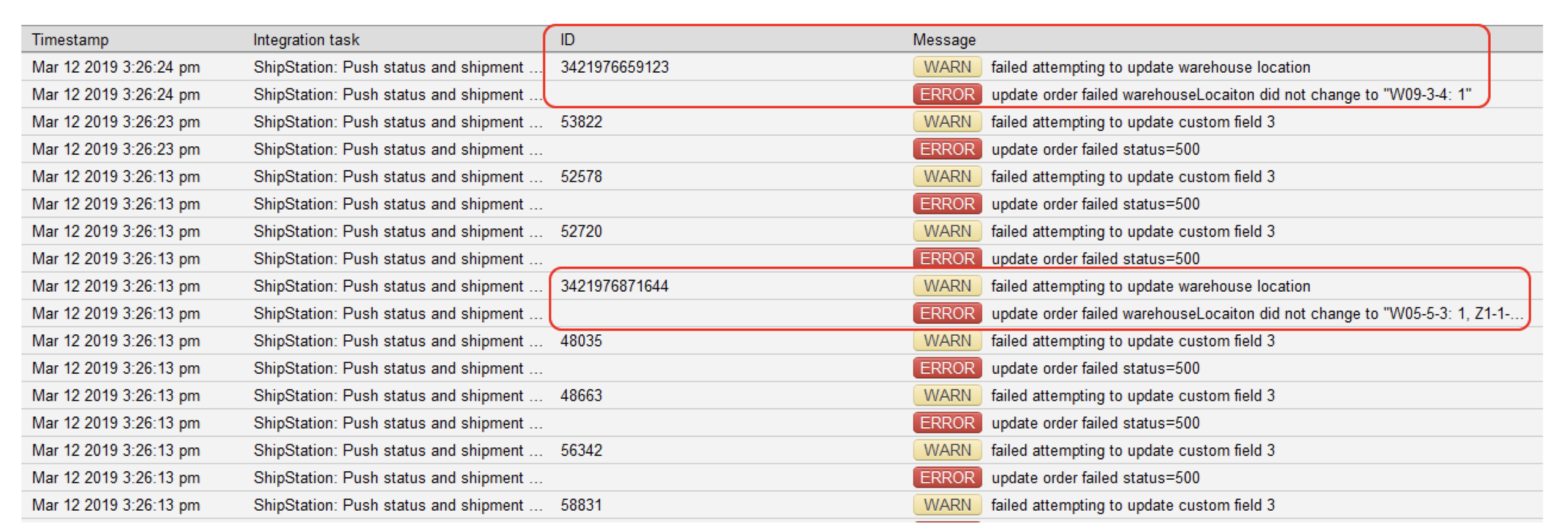
- #DELETE A PRODUCT IN FINALE INVENTORY INSTALL#
- #DELETE A PRODUCT IN FINALE INVENTORY UPDATE#
- #DELETE A PRODUCT IN FINALE INVENTORY DOWNLOAD#
You can also see this new solution in action in our upcoming webinar on June, 2nd.
#DELETE A PRODUCT IN FINALE INVENTORY DOWNLOAD#
So head over to automation hub or Ansible Galaxy, download the ServiceNow ITSM Ansible Collection, and start exploring.

We covered quite a lot yet still only managed to scratch the surface of what is possible. Who could have thought that one can stuff this much awesomeness into a single playbook?Īnd this brings us to the end of today's post. name: Register the newly-created VM instance By default, the _item module will use the cmdb_ci system class name, but we can change it to any other cmdb_ci-derived class. However, managing configuration items is a bit different, so let’s focus on this area next.īecause the ServiceNow CMDB has more than one configuration item type, we need to specify the sys_class_name parameter when adding new items. We can interact with problems and change requests in the same manner. We can also delete an existing incident by setting the state parameter to absent. If we run Ansible with the -diff switch, it will report what changes it implemented to the incident record: TASK *************************** Ansible will compare the current and the desired states of the incident and make necessary changes to get them in sync.
#DELETE A PRODUCT IN FINALE INVENTORY UPDATE#
We can update an existing incident by providing either a ticket number or system id of the incident record. Once the previous playbook finishes executing, we will find a new incident listed in ServiceNow. The minimal Ansible playbook would look something like this:. Now that we have our credentials ready, we can create a new incident. We will do that by setting three environment variables: $ export SN_HOST='' If Ansible did not yell at us, we are all set.Ĭreating a new incident ticket using Ansible is reasonably straightforward, but before we can do that, we need to tell Ansible where our ServiceNow instance lives and what credentials to use. To verify nothing went awry, we can display the documentation for one of the modules by executing the following command: $ ansible-doc The Certified Content Collection for ServiceNow also contains an inventory plugin called that allows us to use CMDB as an inventory source.
#DELETE A PRODUCT IN FINALE INVENTORY INSTALL#
Once we have our credentials, we can install the ServiceNow Collection by running the following command: $ ansible-galaxy collection install sm For details, please refer to the " Hands On With Ansible Collections" blog post.

Before we can access content in automation hub, we must first configure our credentials in the Ansible configuration file. We can download the sm Collection from automation hub or Ansible Galaxy.

Installing the Certified Content Collection for ServiceNow

Ansible Automation (with some help from existing Ansible content) can automate just about any task, while the modules from this Certified Collection allow us to keep the ServiceNow information up to date. This is where the Red Hat Ansible Automation Platform and the Red Hat Ansible Certified Content Collection for ServiceNow come into play. But without the proper automation support, providing IT services can quickly become a major time-sink. The main focus of ITSM is increasing the value of the customers’ service chain. IT service management (ITSM) is a collection of policies and processes for the management and support of IT services.


 0 kommentar(er)
0 kommentar(er)
